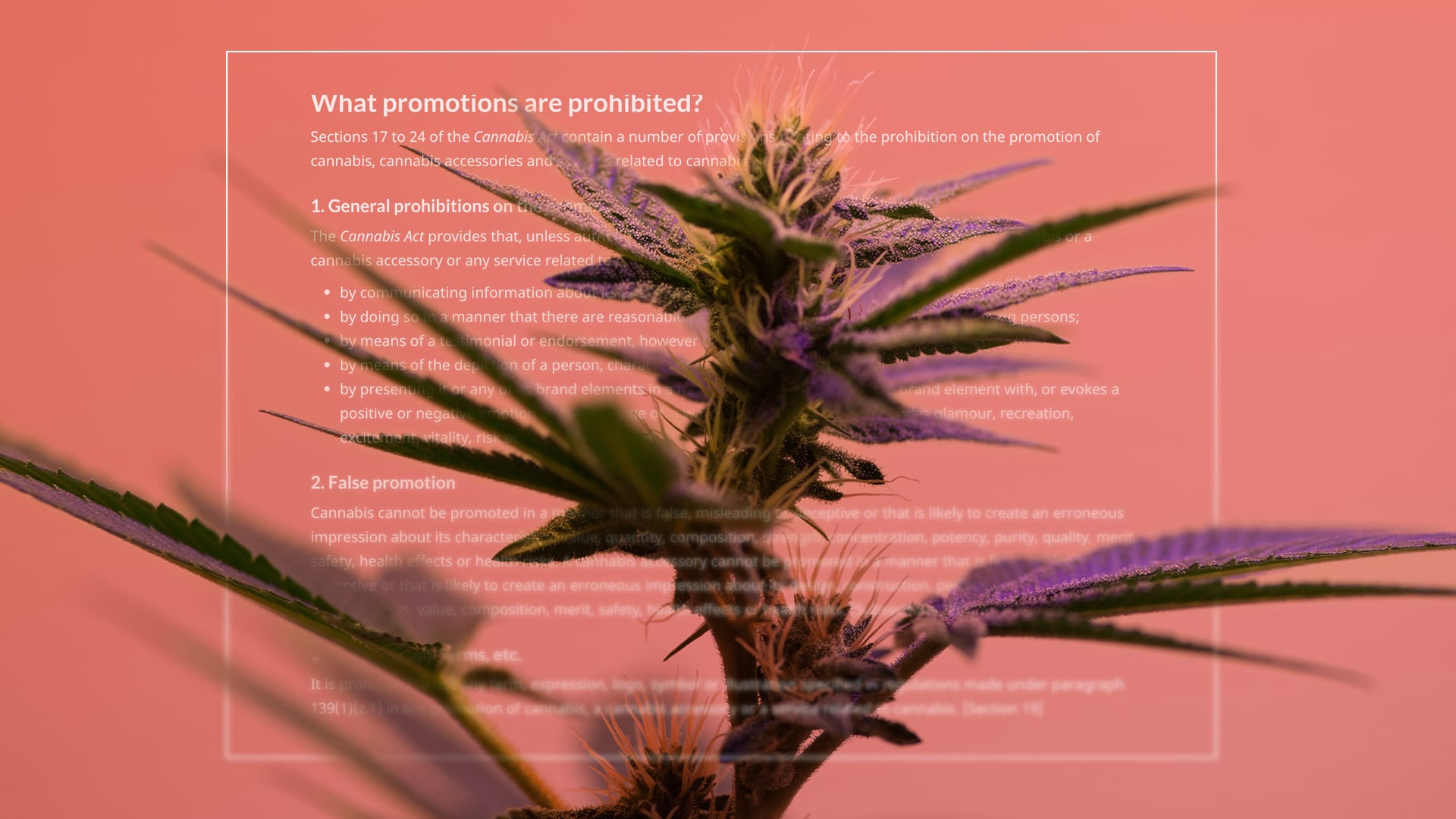Marketing in the Alberta Cannabis Industry
Marijuana legalization comes into effect this summer, and with strict laws and regulations around marketing and advertising – many retailers and distributors have quite the challenge ahead of them. Alberta is set to launch up to 250 cannabis retailers once legalization is finalized, and a single company cannot own more than 15% of the total market. This is intended to create an “equal” playing field but also lots of competition.
So, how can these retailers set themselves up for success? Here is a brief overview of the current laws and regulations as it applies to marketing and advertising for marijuana retailers and distributors.
Overview of Cannabis / Marijuana Advertising Laws
To start, here is a quick review of some of the existing (these will change) rules that impact marketing and promotion:
- No misleading information
- Contains all mandatory packaging labels (it’s super sexy)
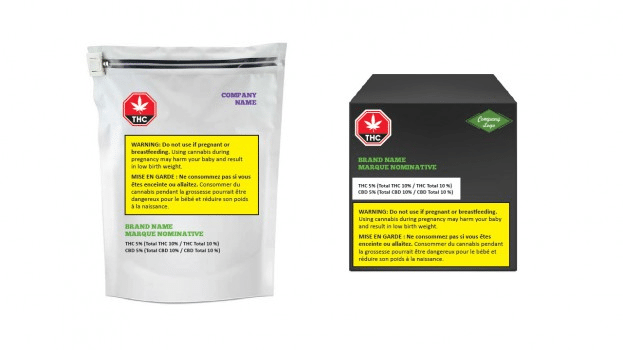
- Only promote brand preference; cannot promote use of product / influence product use
- No marketing to those under legal age of 18
- Websites must have age verification to confirm visitors are above the legal age (as set by the province)
- Marketing messages can only appear on platforms where 70% of the audience is over 18
- Cannabis use cannot be associated with driving or other skilled activities
- Store fronts cannot have any street-facing promotional posters or signs
By no means is the above all encompassing, but it paints the picture of what pot retailers are facing. While this is likely daunting to business owners, as a marketer, I’m looking forward to the challenge. The rules and regulations are strict (not to mention other roadblocks the government has no control over, I’m looking at you Google) but this makes the challenge of marketing this new legal industry all the more appealing.
Online Paid Advertising Restrictions for Cannabis and Related Products
Before I jump in to opportunities, I want to highlight one of the roadblocks that marketers face – Paid advertising. Even though the sale of weed will be legal in Canada, and is in some US states, Google Adwords, Facebook, Instagram, and Twitter still view cannabis and related terms as an illegal product. Due to this, retailers and distributors will be very limited as they will not be able to show ads to those searching for terms that conflict with these policies.
Limitations to using digital paid advertising will likely hurt some new marijuana retailers, especially those who are behind organically. Digital paid advertising is typically the fastest way to generate awareness, drive website traffic, and generate immediate results. If you’re not showing up organically or want to show up on top of a competitor, paid advertising is the way to go. The inability or limited ability to implement paid advertising campaigns will make it difficult for some new retailers to drive awareness and build a customer base.
While there is still opportunity here, these policies put a larger emphasis on the importance of local organic search and search engine optimization (SEO). Hopefully, these advertisers will want a piece of the pie sooner rather than later, and will address their policies to adapt to this new legal market.
How do I Market my Pot Shop?
I cannot wait until the market is in full swing and we can see how different retailers find success. Even though there are limitations imposed by both the laws and regulations as well as by advertising platform policies, there are still a lot of opportunities for cannabis retailers and distributors to successfully market their business. Here is a list of the opportunities that will become essential to the success of marketing and advertising cannabis retailers in Alberta and Canada:
Product Packaging
While there are restrictions around what must go on product packaging in regard to labels and content, the legal cannabis market has an opportunity to get creative and innovative with how they package their products. Marijuana packaging must contain the necessary labels and can only be a solid colour (to my knowledge). What will differentiate retailers and distributors will depend on how they address:
- Logo: Logos are allowed on packaging and will help to create a recognizable brand for consumers associate with.
- Packaging design: Retailers and distributors can determine the material of their packaging, colour and design. This will help retailers differentiate themselves from competitors and, if the package design is creative and innovative enough, could be the difference that influences a consumer’s decision to purchase.
Organic Search / SEO
With Google Adwords policies not playing nice with new Canadian laws around marijuana legalization, organic search will be critical to ensuring cannabis retailers are found by their clientele.
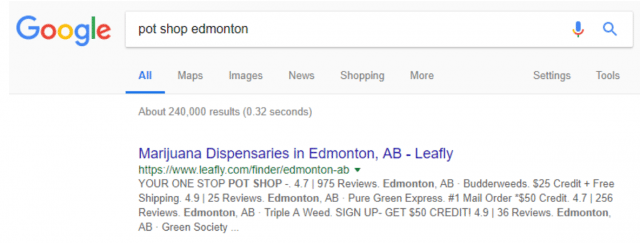
What is SEO and how will it help? Basically, it makes sure search engines show your website when someone looks for a product or service you sell. An optimized website, for both a potential customer and search engines, will be super important!
And please, for the love of all white hat marketers, vet your SEO company.
Local SEO
Technically part of organic search, local search optimization helps local customers find your business. If someone is close to your retail location, or looking for a retailer in your area, you want them to find you. Once they find you, providing a great customer experience so customers leave a great review, will drive even more traffic to your store.
So search engines understand where you’re located, marking up location details on your website with microdata helps them easily identify where you are. Like people, search engines don’t like to dig for information. If you can make it simple and clear, you’re more likely to show up for location based searches.
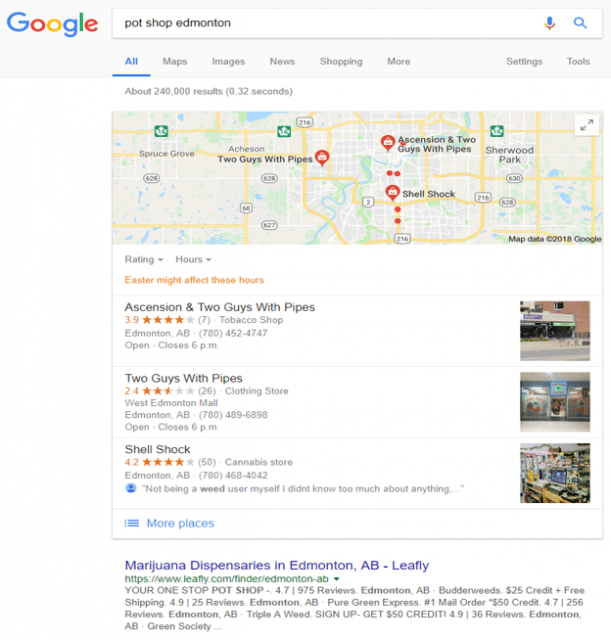
Paid Search
Despite Google Adwords policies there are other paid platforms, as well as ways to work with the current landscape to serve ads to potential customers. Before you ask, YES. Yes if you show up at the top organically you should still do paid advertising. If you don’t, someone else will and could steal your customers. Besides, how many times have you seen a friend click on an ad instead of an organic (non paid) listing? You see where I’m going with this…
Paid advertising is important, especially while in the awareness phase (as all cannabis retailers will be). The more you show up and stay top of mind, the more likely consumers will begin looking for you directly.
Social Media
This in particular, is going to be key for retailers and distributors. Social media platforms are great for engaging in conversation, and guess what, this is one of the few things retailers and distributors can do! Once you understand your customers, get out there and talk to them! Listen, respond and engage. Developing that channel to connect with customers where the goal isn’t sales is so important in creating a lasting customer base.
Some retailers are already on social, but that’s okay. Use this to your advantage and learn from their execution.
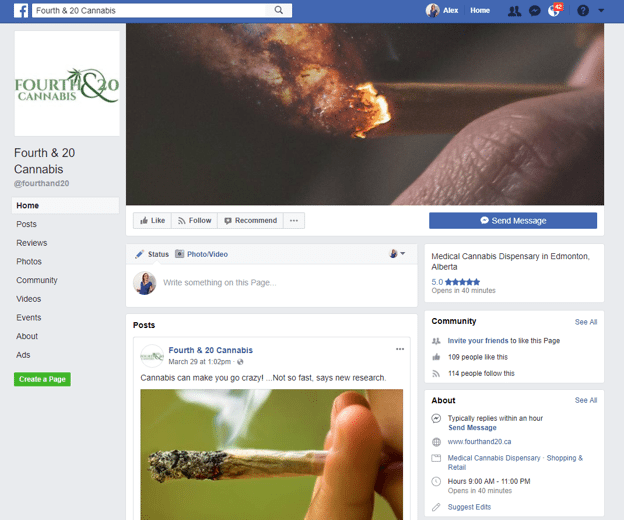
Email Marketing
Email marketing is intrusive and often ignored, but if done well, email marketing can keep your business in touch with customers after they’ve purchased. Driving awareness to get customers to your store in the first place is a challenge, but what are you going to do to keep them YOUR customer? You can use email for promotions, registration for in-store events, remarketing, and loyalty or referral programs. What tactic will work best to maintain a loyal customer base? That largely depends on who your customers are.
Website
The website of cannabis retailers will have a massive impact on the success of the business. The website impacts SEO, local organic search, paid advertising, and social media.
For retailers with online sales, this becomes even more vital. How easy is it to purchase? Are they finding what they’re looking for? How customers interact with your website and the experience they have (referred to as UX or user experience, possibly even CRO in this context) will make or break your online sales.
Whether or not you opt for an affordable platform such as Squarespace, or go big with a custom build, your website will be the center point for all online activity. Make sure it’s done right.
Traditional Marketing
I apologize for all those not in digital for lumping all “traditional” efforts into one tactic. (I would love to go into detail about each item but this is supposed to be a blog post not an essay.) With a define audience and messaging, traditional marketing efforts will help retailers reach their potential audience. Here are some traditional tactics that provide opportunities:
- Direct mail: Keeping in mind messaging restrictions and age limitations, this will be an impactful way to create awareness and drive in-store traffic
- Event marketing: In-store events are allowed (no sampling or in-store use) and will be a great way to educate customers and develop a loyal following. This can include pamphlets, instructional signage, or digital media such as iPads or tablets to facilitate learning or even sales.
- Radio, Television and Print: This will be tricky, due to restrictions, but if you’re working with a seasoned pro who understands your audience, one of the things radio, TV, and print ads do well is create awareness. These tactics can be fantastic at generating awareness when executed with the target audience in mind.
Branding
In my humble opinion, branding for cannabis retailers will be the determining factor in their success. Branding encompasses everything from how a company speaks to their audience, and how that changes depending on the platform, to how employees interact with customers, through to visual identity such as logos and font choice.
To help explain why this is the most important aspect of marketing for this industry (or really any industry in that matter) here is a breakdown or the key elements for marijuana retailers to consider:
Persona Development and Journey Mapping
Understand who your customers are, where they are (so you can engage with them on the right channels), and how to create impactful messages that will get their attention. Check out one of our past blog posts for tips on gaining user insight.
Brand Strategy & Guidelines
Now you understand who the customer is, develop a brand strategy that captures how your business interacts with each persona (there will be more than one) on a daily basis and across each platform. This will impact the businesses vision, or brand promise, visual elements such as a logo, right down to the tone of the writing used on the website or social media.
Your brand is the one thing that all companies have full control over and is the one area where there are not any real restrictions for the marijuana industry. Find your niche, understand your customers and create a brand that reflects your audience and business goals. Once you embrace who your customers are and take the time to understand where they are and how to talk to them, your marketing strategy will develop itself.
If you know that your audience hates Facebook but is all over Reddit, but when it comes to purchasing decisions they are most likely to trust a Google Review, which tactics will be most impactful for the success of your business becomes relatively clear. All aspects of marketing work together, but when guided by an overarching customer-driven strategy, next steps become clearer and efforts are typically, but not always, more successful.
As laws change in the legal cannabis / marijuana industry, advertising rules will adjust and adapt. When edibles enter the market within the next 2 years (being realistic) a whole other challenge for marketers will present itself.
If you have any differing thoughts, items to add, or simply want to talk about this in more detail, please get in touch!
